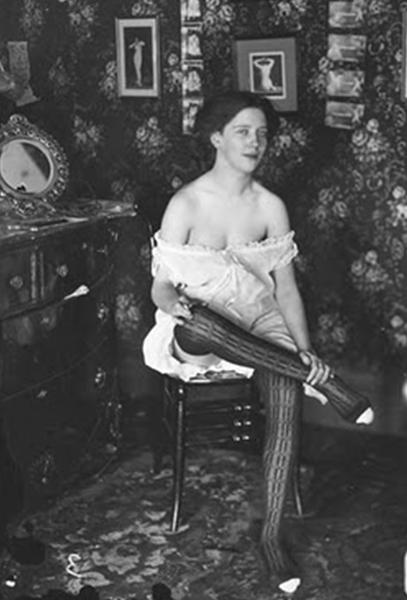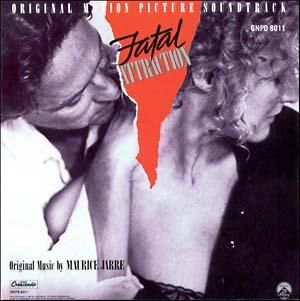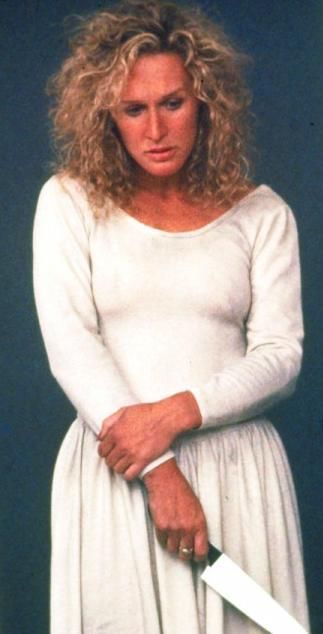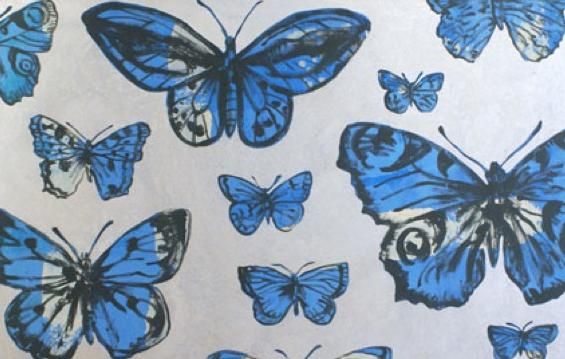Fatal Relation(PART 2 OF 3)
According to Kate's confession, her father was a Hungarian-born British baron, his mother a cabaret dancer in Vienna.
On behalf of her mother who didn't raise her own baby--Kate, the mother's older sister, who was a music teacher, raised Kate until she turned 14-year-old.
After the death of the aunt, Kate was sent to the father's older sister who had been married without a child.
Her husband adored Kate, but when she reached sixteen and turned out to be a beautiful girl, he forced her to have sex with him every night.
Kate planned to run away, but it was found out.
The cunning uncle sold her out to a brothel.
In the brothel, she refused to service a man.
Whenever she resisted, Kate faced a harsh punishiment.
Eventually, she surrendered and started to take a guest.
Image may be NSFW.
Clik here to view.

(covent04.jpg)
Her snobbish and cold attitudes didn't please most of her customers, but some masochistic clients liked her sadistic attitudes.
Therefore, the madame of the brothel gave Kate special education so that she should be able to become a specialist in handling masochists.
Soon, an elderly French ambassador liked Kate, and took her to Washington, D.C.
After the ambassador had been summoned to Paris, Kate remained in the United States and went to college with his financial aid.
Kate planned to enter the social circles with girlfriends of the good family.
Her dream came true when Kate came to know Pinkerton through his sister, Lisa.
Pinkerton had a fiancee at the time, but Kate attracted him without any difficulty.
Before hand, Kate carefully examined his family background.
Pinkerton was an ideal dupe because, although he owned a great deal of property and excellent family ancestry, he didn't possess his own strong character.
At first Kate considered Pinkerton to be a mediocre man with an air head.
When she noticed that Pinkerton actually possessed rich sensibility and passion inside him, however, Kate came to love him.
Image may be NSFW.
Clik here to view.

Wow! What a dramatic revelation...
Image may be NSFW.
Clik here to view.

According to Paul Loewen, Kate became a femme fatale.
Tsk, tsk, tsk, ... a femme fatale, huh?
Yes, she was...and this reminds me of the movie: "Fatal Attraction."
Why is that?
Did you see the movie, Diane?
Of course, I did.
Fatal Attraction (Trailer)
Image may be NSFW.
Clik here to view.

(fatal001.jpg)
<iframe width="500" height="315" src="http://www.youtube.com/embed/5szFb_R378w" frameborder="0" allowfullscreen></iframe>
Image may be NSFW.
Clik here to view.

It was quite some time ago, though. The movie was such a sensation that everybody seemed to talk about it at the time.
Image may be NSFW.
Clik here to view.

I know ... I know. It was a hit, becoming the second highest grossing film of 1987 in the United States and hugely popular internationally.
But I don't quite remember that the movie has something to do with "Madame Butterfly."
Yes, it has. You know, Dan Gallagher, played by Michael Douglas, is a successful, happily married New York attorney living in Manhattan. He meets Alexandra "Alex" Forrest played by Glenn Close. She is an editor for a publishing company. When his wife and daughter were out of town for the weekend, he had a passionate affair with Alex. Though he thought it was understood to be a simple fling, she begins clinging to him. When Dan explains that he must go home, Alex cuts her wrists in a suicide attempt. He helps her to bandage them and later leaves. He thinks the affair is forgotten, but she shows up at various places to see him. She waits at his office one day to apologize and invite him to the opera.
Now, I remember ... that opera was "Madame Butterfly."
You're right on, Diane. Alex was fascinated by "Madame Butterfly."
Home come...?
'Cause she was suffering from borderline personality disorder. Such a person displays the behaviors of impulsivity, emotional lability, fear of abandonment, sudden switch from idealization to devaluation and vice versa, and self-mutilation such as wrist cut in a suicide attempt shown in the film. So, naturally, Alex identified with Madame Butterfly, who did commit suicide in such a dramatic way as Alex would like to do herself. As a matter of fact, in the original ending, Alex committed suicide by slashing her throat with a sword-like kitchen knife---just like Mademe Butterfly.
Image may be NSFW.
Clik here to view.

(fatal003.jpg)
Image may be NSFW.
Clik here to view.

Why did the director change the ending?
Image may be NSFW.
Clik here to view.

'Cause the test audience didn't like a suicide ending when the film was shown. I suppose, most of the audience didn't understand the Madame Butterfly theme behind the scene. So, the director changed the ending into a more violent one like a gangster movie, that is, more like an American-style ending.
Image may be NSFW.
Clik here to view.

(fatal004.jpg)
Image may be NSFW.
Clik here to view.

Michael Douglas is talking about the ending in the following video clip:
Michael Douglas talks on
The Ending Of FATAL ATTRACTION
<iframe width="500" height="315" src="http://www.youtube.com/embed/eOrnSIuyVeU" frameborder="0" allowfullscreen></iframe>
Image may be NSFW.
Clik here to view.

(fatal002.jpg)
"Fatal Attraction's" Alternate Ending
<iframe width="500" height="315" src="http://www.youtube.com/embed/fTcsg-yYS5Y" frameborder="0" allowfullscreen></iframe>
Image may be NSFW.
Clik here to view.

Diane, why don't you see it again?
Image may be NSFW.
Clik here to view.

After all those years, why should I watch it again?
'Cause it is in such a big demand.
Really?
Look at the following catalogue record:
Image may be NSFW.
Clik here to view.

(lib20301.gif)
Image may be NSFW.
Clik here to view.

There are 13 copies at Vancouver Public Library. They are in such a big demand that no copies are available.
Image may be NSFW.
Clik here to view.

How come?
Look at the following details:
Image may be NSFW.
Clik here to view.

(lib20313b.gif)
Image may be NSFW.
Clik here to view.

Six copies are checked out, three copies are on hold, and other four copies are stolen or under trace.
Image may be NSFW.
Clik here to view.

Are you keeping one of the above copies?
Yes, I was.
Image may be NSFW.
Clik here to view.

(lib20301.gif)
Image may be NSFW.
Clik here to view.

But I returned it on March 7.
Image may be NSFW.
Clik here to view.

Amazing! Yes, I think I'm gonna reserve one of those DVDs right away.
You can see both endings on this DVD---the original and alternate one. You'd better hurry up.
【Himiko's Monologue】
Image may be NSFW.
Clik here to view.

"Madame Butterfly" is an opera in three acts (originally two acts) by Giacomo Puccini, with an Italian libretto by Luigi Illica and Giuseppe Giacosa.
Image may be NSFW.
Clik here to view.

Puccini based his opera in part on the short story "Madame Butterfly" (1898) by John Luther Long, which was dramatized by David Belasco.
Puccini also based it on the novel Madame Chrysanthème (1887) by Pierre Loti.
According to one scholar, the opera was based on events that actually occurred in Nagasaki in the early 1890s.
The original version of the opera, in two acts, had its premiere on February 17, 1904, at La Scala in Milan.
It was very poorly received despite the presence of such notable singers as soprano Rosina Storchio, tenor Giovanni Zenatello and baritone Giuseppe De Luca in the lead roles.
This was due in large part to the late completion and inadequate time for rehearsals.
Puccini revised the opera, splitting the second act into two acts and making other changes.
On May 28, 1904, this version was performed in Brescia and was a huge success.
Between 1915 and 1920, Japan's best-known opera singer Tamaki Miura won international fame for her performances as Cio-Cio San.
Image may be NSFW.
Clik here to view.

(butterfly3.jpg)
Her statue, along with that of Puccini, can be found in the Glover Garden in Nagasaki, the city where the opera is set.
Have a nice day!
Bye bye ...
Image may be NSFW.
Clik here to view.

(To be followed)